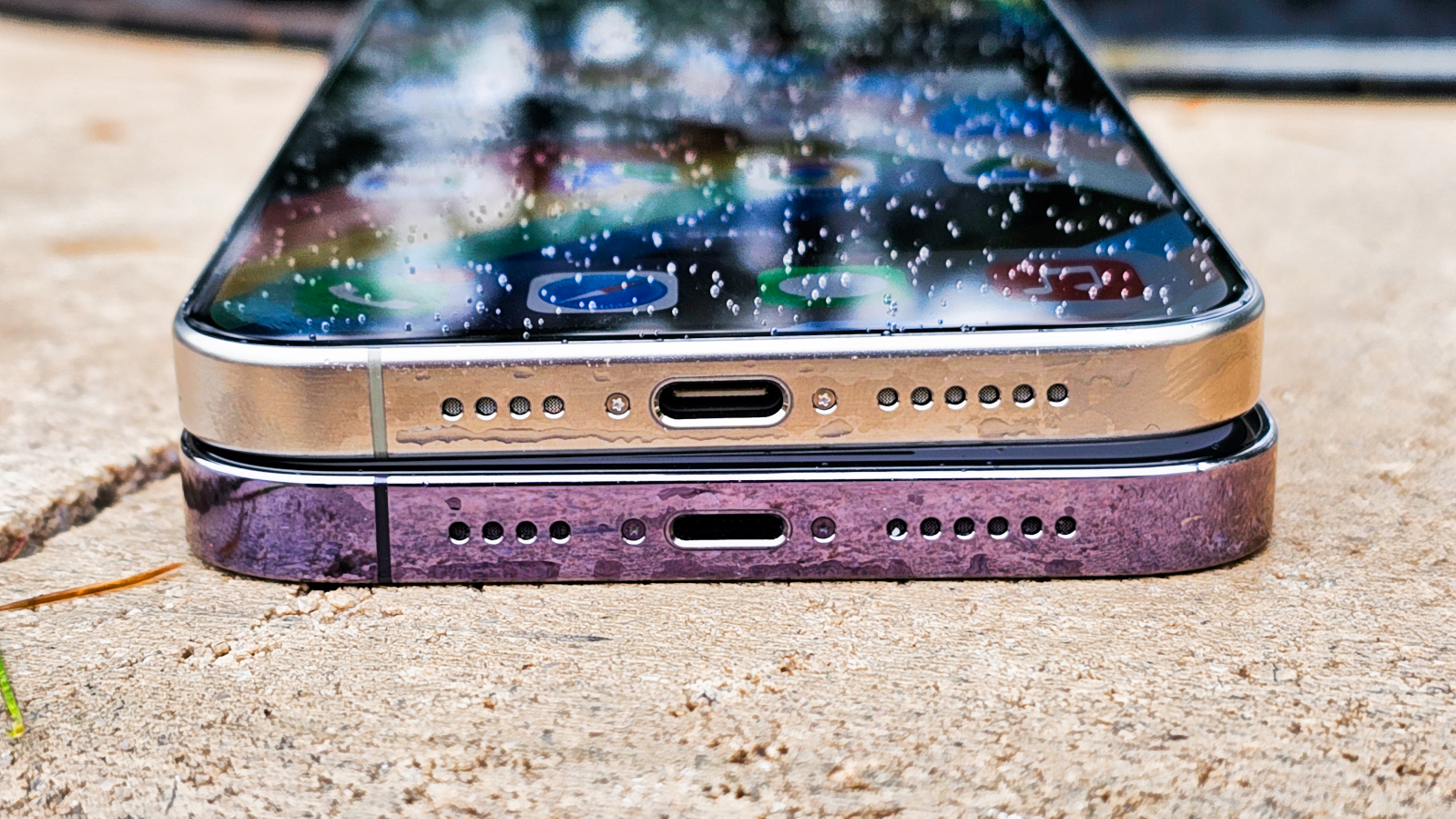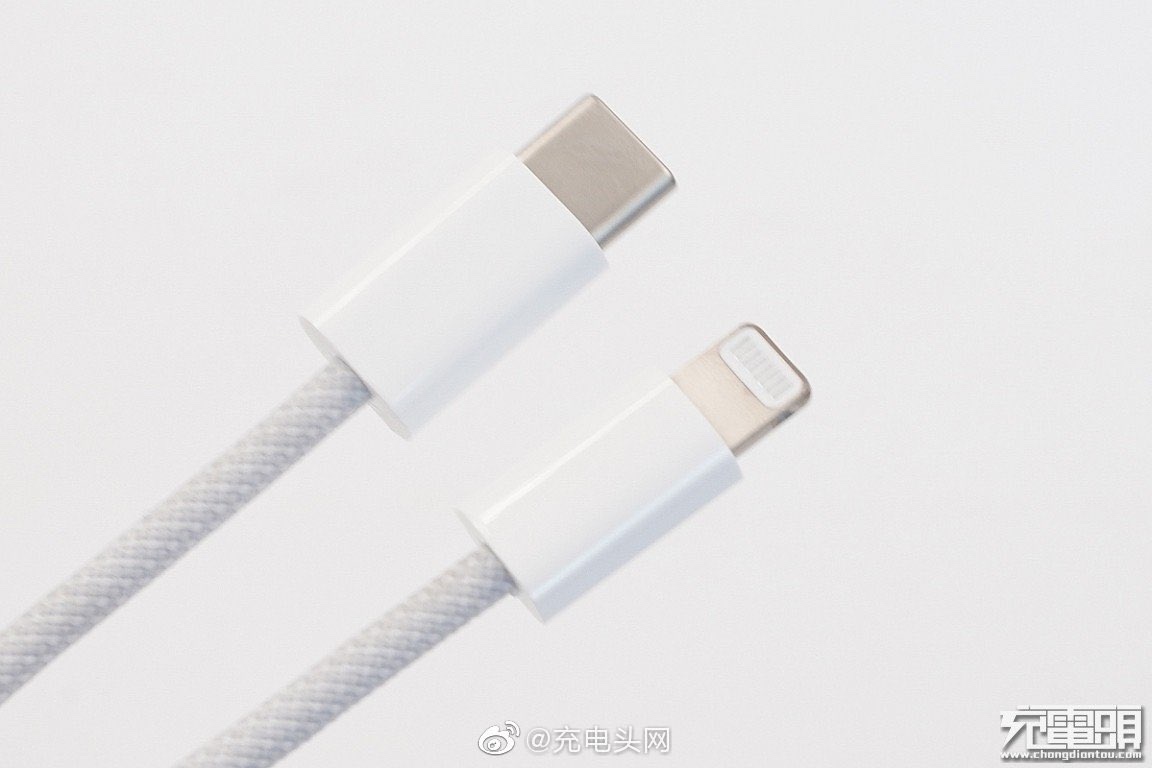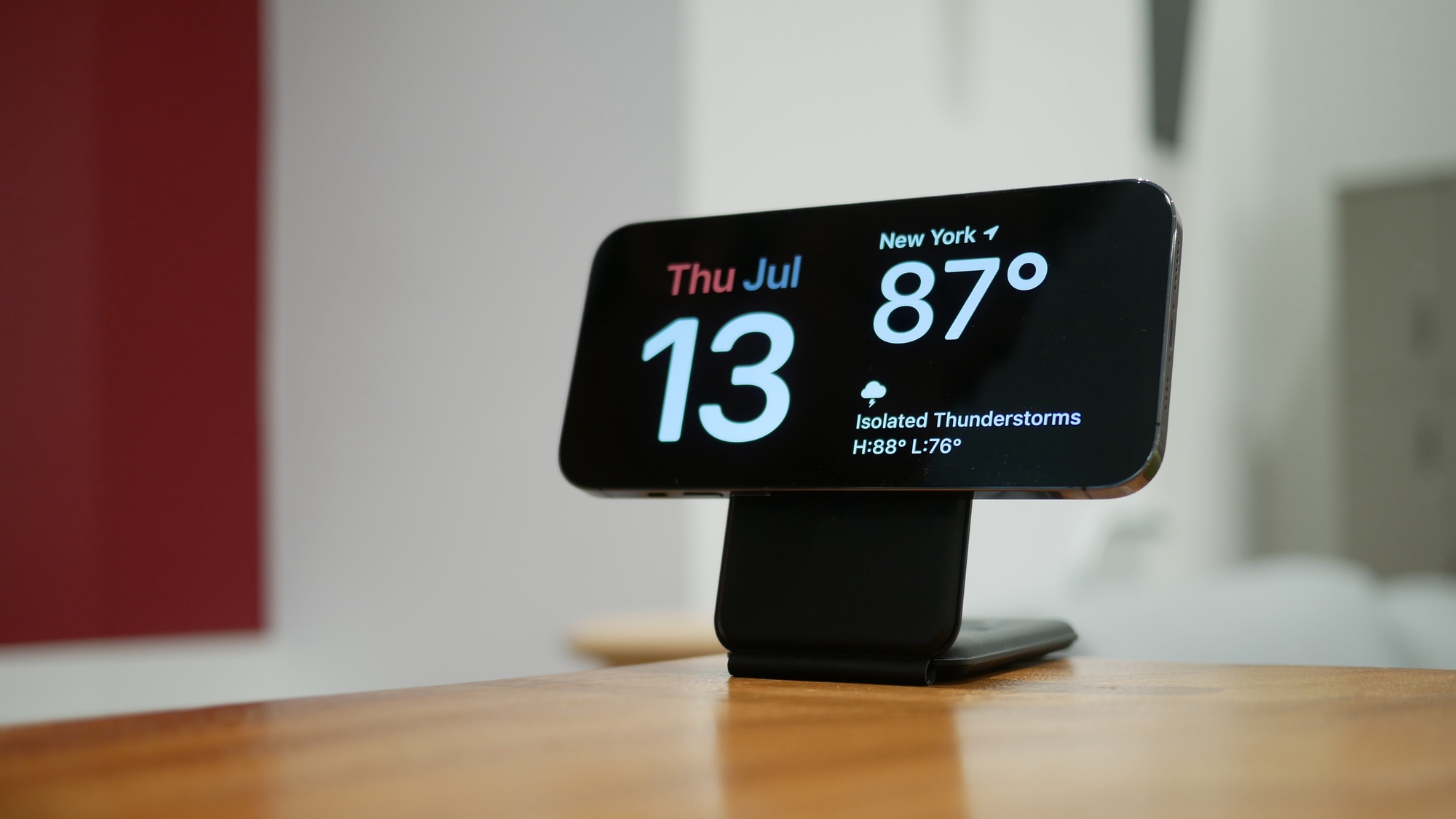The same thing keeps breaking on my iPhones — and I've finally embraced a new solution
Another iPhone, another damaged Lightning port

When I'm not testing phones for Tom's Guide, an iPhone 12 currently serves as my trusty personal handheld. Sadly, though, after years of faithful service, my iPhone is indicating that it's ready to head for the big trade-in program in the sky.
It's not a performance issue, as the A14 Bionic powering the phone can still handle what I throw at it. Yes, the battery is older, but I can still get through the day on a full charge. And despite the fact that the phone has slipped out of my hands more times than I care to count — and even gone for an unscheduled swim in the Russian River — there's no noticeable wear and tear on this very durable device.
Instead, the problem with my iPhone 12 is with the phone's Lightning port. It's a struggle these days to get the charging cable to keep a connection with the phone. My best bet is prop the phone up against the wall at such an angle that the charging cable stays in place, but even that's becoming increasingly harder to do. It's only a matter of time before the charging port becomes completely unresponsive.
I can say this with confidence because once my iPhone 12's Lightning port goes completely kaput, it will be the fourth iPhone in a row where I've had to upgrade after the charging port stopped working. Every other aspect of these phones worked just fine at the time I had to stop using them — I just couldn't get them to charge any more.
Why Lightning comes up short

I've had a lot of time to think about why this is — having multiple phones die the same ignominious death gives you plenty of opportunity to mull things over — and there seem to be a number of factors at play. For starters, dust and debris can find their way into the Lightning port and while a good burst of compressed air can sometimes remove that, the damage will be done over time. (For more on tackling dust troubles, check out our guide on how to clean an iPhone’s charging port.)
A case with port covers help to some extent, but in my experience it only delays the inevitable — I kept my original iPhone SE wrapped in such a case, and its Lightning port still went belly up.
All those drops and dings probably don't help either. In the case of my iPhone 12, the charging cable wiggles around a little bit, suggesting that somewhere along the way, one of those drops might have affected the Lightning port's integrity. And of course, we should never rule out the wear and tear that results from inserting and removing a charing cable at least once a day.
Whatever the cause — whether it's one specific thing or a multitude of cascading effects — I have had it up to here with the port on my iPhone reaching the end of the line long before the phone itself is ready to call it quits. And I'm quite ready for Apple to make the long-rumored portless iPhone a reality.
Wireless to the rescue

Apple's switch from Lightning to USB-C, which happened with this year's iPhone 15 models, may offer some relief. There's a school of thought that USB-C is a little bit more durable than Lightning, though you'll likely find just as many people who argue that Lightning provides a better fit. Once I do make that iPhone 15 upgrade, I'll be interested to see if it's the charging port that fails first, just like it did on all those Lightning-based iPhones I've owned over the years.
A better way forward seems to be wireless charging, and I'm fortunate in that my iPhone 12 is the model where Apple introduced MagSafe charging. Magnets on the back of the phone keep the device locked in place, ensuring a good connection for a wireless charge.
Ever since the Lightning port on my iPhone 12 started proving too finicky to provide a reliable charge, I've been using a wireless charging stand — a Belkin BoostCharge Pro 2-in-1 wireless charger stand, to be specific, though any of the recommendations in our best MagSafe charger picks will do — to recharge my iPhone at the end of the day.
There's an added benefit to this approach ever since iOS 17 came along. That software update added a StandBy mode that turns a horizontally charging iPhone into a smart screen. MagSafe charging stands are particularly well suited to this task, as you can prop up your iPhone horizontally and enjoy slideshows, a full-screen clock or lock screen widgets — whichever you prefer. If Apple didn't limit a continuously active lock screen to phones with always-on displays, the situation would just about be perfect — almost enough to make me forget about my annoyance with the Lightning port.
So wireless charging buys me some time until I'm ready to move to a new iPhone, a switch I was hoping to put off until later in 2024. In the meantime, I'll be interested to see if the USB-C ports Apple's going to use on its phones going forward prove to be less of a problem over time than the Lightning port has been. And I'll be especially interested if Apple ever finds a way to make the charging setup on the iPhone as durable as the rest of the device.
More from Tom's Guide
Sign up to get the BEST of Tom's Guide direct to your inbox.
Get instant access to breaking news, the hottest reviews, great deals and helpful tips.
Philip Michaels is a Managing Editor at Tom's Guide. He's been covering personal technology since 1999 and was in the building when Steve Jobs showed off the iPhone for the first time. He's been evaluating smartphones since that first iPhone debuted in 2007, and he's been following phone carriers and smartphone plans since 2015. He has strong opinions about Apple, the Oakland Athletics, old movies and proper butchery techniques. Follow him at @PhilipMichaels.
-
Zigzag12 My friends have had the same problem. The majority of the time it was lint collected in the bottom of the port. A hand lens and a good light will tell all. You can clean it up with a flat tooth pick. If you are more adventurous you can smash a cotton swab and dampen with isopropyl alcohol and clean out the rest of the gunk. The minority of the time was a simply a bad cable. Your illustration for this article seems to show USB-C ports on a newer phone?Reply -
michaelormsby The thing to notice w/ lightning is that even though the cable side has two surfaces the device side has only one set of pins, usually on the downwards direction. Over time (like years) the plastic port stretches microscopically so the plug doesn’t fit in as snug of a fashion. I had some luck on a very old iPad using a paper shim to remedy this. Eventually I got tired of fitting the shim so I very carefully coated the upper surface of the port w a tiny, tiny amount of epoxy. Obviously only do this as a last resort on a device that you can afford to lose.Reply
The other way would be to buy a lightning to USB-C adapter and use a shim to get a tight fit and leave it in the device.

